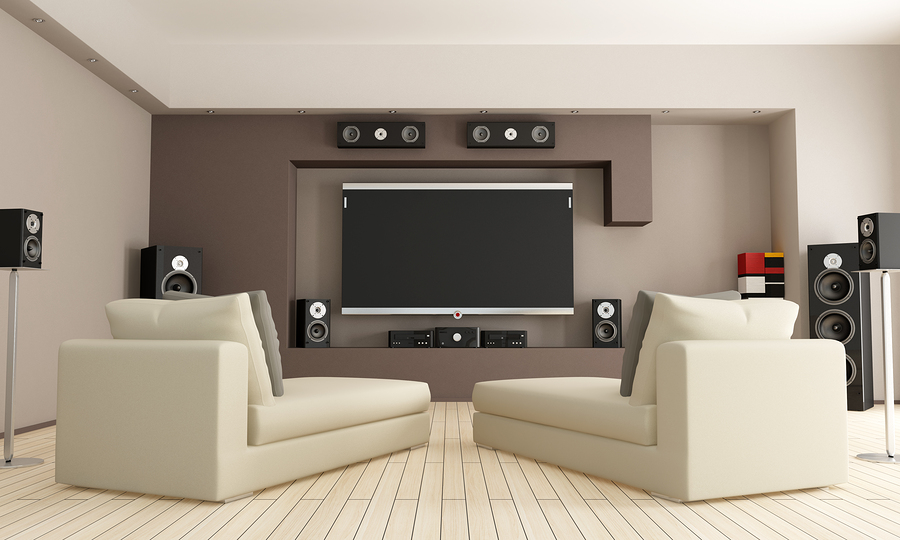
Not that long ago, home media didn’t offer much quality. TV sets had small screens, and so there was no real need to create videotapes with excellent image quality. It also meant spending less time transferring from the master reels, so low quality was cheaper, too.
However, technology started changing in the 1990s. For computer displays, pixel sizes started shrinking, and TV sizes started getting bigger. On top of that, home video switched from analog tapes to digital DVDs, and so the tape’s quality was no longer a problem. Instead, it all came down to size and the amount of information a DVD could hold.
Meanwhile, people started using the internet to upload and download videos. With the slow speeds of the day, a short video with a small size and a lot of compression could take minutes or even hours to download, but over time speeds improved and so did the videos you could find online. Even the compression programs got better at squeezing better quality into smaller files. By the early 2000s, you could download and watch a video with the same size and quality of a DVD: 480 vertical pixels, also known as 480p.
By the mid-2000s, the first high-definition formats started coming out. High-definition movies and videos came out with 720p or 1080p, and they were much better at filling the growing TV screens that were using the same flatscreen technology as modern computer displays.
However, as the 2000s became the 2010s, home internet speeds caught up to the new file sizes that come with HD video. You could now stream HD videos, which means you wouldn’t have to connect a Blu-Ray player, dig the right disc out of your collection, or otherwise waste time between wanting to see a movie and seeing it. Instead, you could get your movie from a site like Amazon or Netflix and stream the movie directly to your display with the click of a button.
Because of this, internet services are now leading the way to the next step in quality, 4K. 4K resolutions (also known as ultra-high definition) go up to 2160p and beyond, adding four times the number of pixels to each frame. 4K resolutions are movie theater quality, and thanks to modern home internet speeds it’s possible to stream videos that make use of all that size. However, not all home internet connections are up to the task, so make sure you have a solid plan with a fiber internet provider before you decide to buy that new 4K-capable TV screen.
